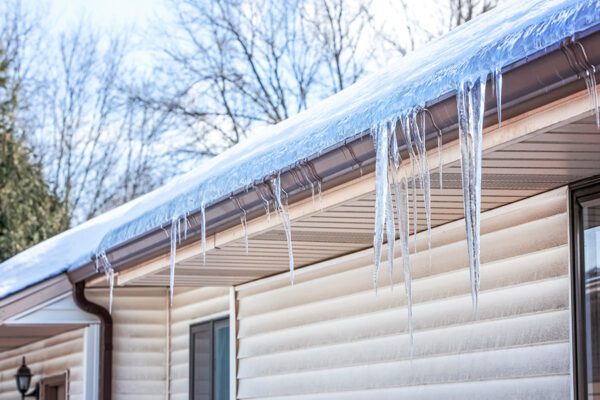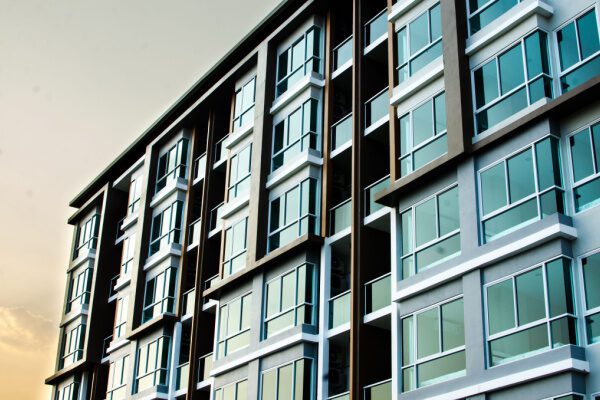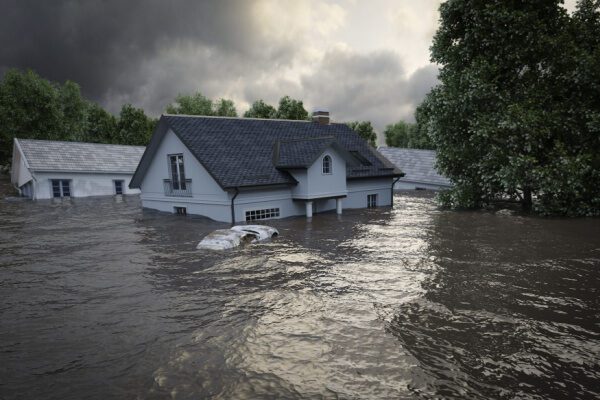Making sure you’re adequately insured is of the utmost importance when it comes to your home. Despite this, many are unaware of the “80% rule” for home insurance and, as a result, find themselves underinsured when trying to replace their personal property after a loss. Understanding the 80% rule—and following it—can help you protect yourself and your home.
The Importance of Proper Home Insurance Coverage
The world of home insurance can be complex and confusing. One area that often leaves homeowners perplexed is the “80% rule.” By understanding the basics of this rule and how it applies to your specific situation, you can help ensure you are adequately insured and avoid unpleasant surprises when disaster strikes.
Deciphering the 80% Rule
There are two valuation options available when purchasing insurance on your home. Typically, homeowners can elect to insure their home and personal property on an Actual Cash Value basis or at replacement cost.
- Actual Cash Value refers to the amount needed to repair or replace an item, minus depreciation (the decrease in the value of your home or personal property due to normal wear and tear).
- Replacement cost refers to the amount needed to repair or replace your damaged property with materials of similar kind and quality without deducting for depreciation.
The 80% rule dictates that homeowners must have replacement cost coverage worth at least 80% of their home’s total replacement cost to receive full coverage from their insurance company. This rule is designed to prevent underinsurance and ensure that homeowners can rebuild their homes after a loss without suffering significant financial hardship.
For example, if you bought your home for $275,000, you would need to have insurance for at least $220,000 for the insurance company to fully cover any potential claims.
Many homeowners follow the 80% rule when first purchasing their home but are unaware of the importance of adjusting their coverage to keep up with the changes inflation and home improvements can make to their home’s overall replacement cost. As a result, these homeowners are surprised after a disaster or loss when an insurance company doesn’t cover the total cost of replacing their home. Without having at least 80% of the replacement cost of your home insured, your insurance company may only pay the difference between 80% of the replacement cost of your home and the amount of coverage you purchased. With the increase in houses this year as well as the increase of home projects its important to check the current value of your home.
The 80% Rule in Action
Following the example above, let’s say you secured insurance for $220,000—or 80% of the replacement cost of your home—when you first purchased it.
Then, you renovated your home, and these improvements significantly raised the replacement cost of your home to $350,000.
For your insurance company to fully cover claims, you’d need to increase your insurance coverage to reflect 80% of the new replacement cost of your home, which would be $280,000 in this case. A storm causes $100,000 of damage to your home, but because you increased the amount of insurance on your home to $280,000, the insurance company covers the total cost of the repairs, minus your deductible.
Let’s say you didn’t adjust your insurance coverage, so you only had $220,000 in coverage for your home that is now worth $350,000 to replace. Instead of having at least 80% of the new replacement cost of your home insured, which would be $280,000, you only have 62.86% of the total cost insured. In the event of a claim, the insurance company would divide the amount of coverage you purchased ($220,000) by 80% of the replacement cost of your home ($280,000) and only cover the difference between those two amounts. So, in the same scenario from above, instead of the insurance company paying the full $100,000 (minus your deductible) to repair the damage caused by the storm, they would only pay roughly $78,570, as the difference between the amount of insurance you purchased and the 80% replacement cost was 78.57%. You would then be responsible for paying the remaining $21,430 in repair costs, plus your deductible.
As you can see, failing to adjust the amount of insurance you have on your home to ensure you’re following the 80% rule can be extremely costly. Regularly reviewing your coverage amounts, especially after you’ve done home renovations, can help you make sure you’re properly covered, even if your home’s replacement cost increases.
Factors Affecting Home Replacement Cost
Various factors can influence the replacement cost of a home, including square footage, home renovations, cost of materials, labor costs, and the value of interior and exterior components. It is crucial to understand these factors and how they affect your home’s replacement cost so that you can accurately calculate your insurance needs and adhere to the 80% rule.
Because the 80% rule is directly affected by any changes to your home’s replacement cost, it’s important to understand what can affect the replacement cost value of your home. While every policy varies, some of the most common things that affect your home’s replacement cost value are:
- Square footage of your home
- Home renovations and improvements (e.g., changing flooring, appliances and fixtures; updating a roof; or installing new windows)
- Cost of replacing materials
- Labor costs in the event repairs are needed
- Value of interior and exterior components
It’s important to note that the market value of your home does not necessarily affect your home’s replacement cost. As such, things like curb appeal, the condition of your home and the value of comparable homes in your area may not affect your replacement cost value. Be sure to talk to your representative so you can understand what may affect the replacement cost value of your home under your policy.
Making Sure You’re Not Underinsured
To avoid being underinsured, homeowners should regularly review their insurance coverage and adjust it as needed to keep up with changes in their home’s replacement cost. This may include increasing coverage amounts after home renovations or other improvements that raise the home’s value. By staying informed and proactive, homeowners can ensure they are adequately protected and avoid financial hardships in the event of a loss.
Securing adequate coverage for your home, especially as the replacement cost value changes over the years, is essential in protecting your home and your wallet.
Material posted on this website is for informational purposes only and does not constitute a legal opinion or medical advice. Contact your legal representative or medical professional for information specific to your legal or medical needs.















